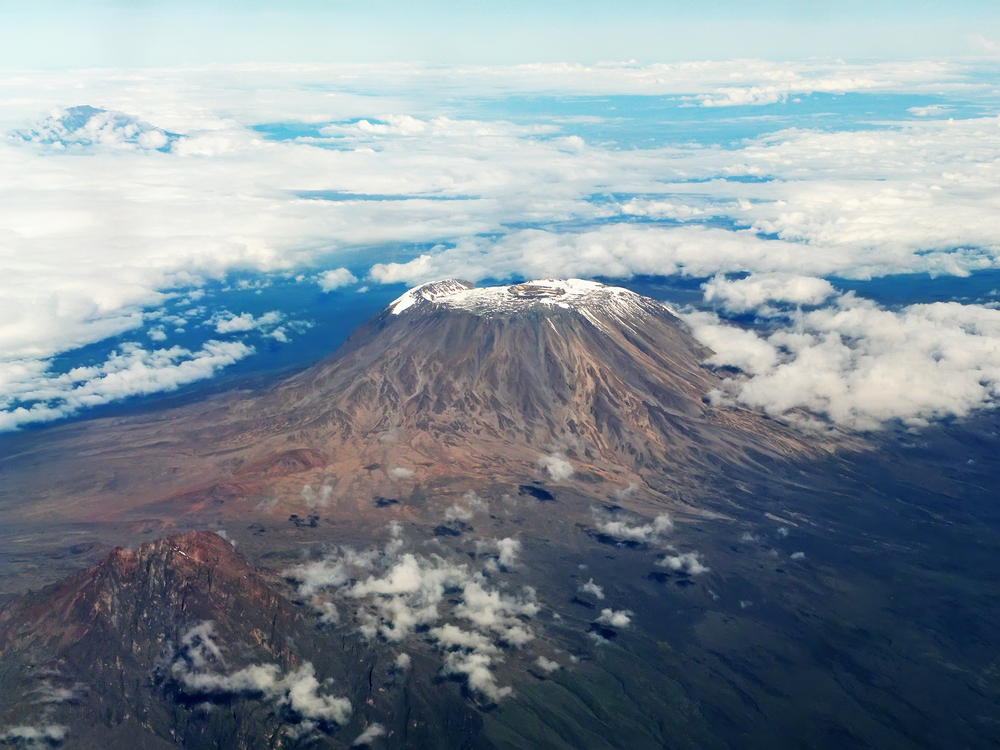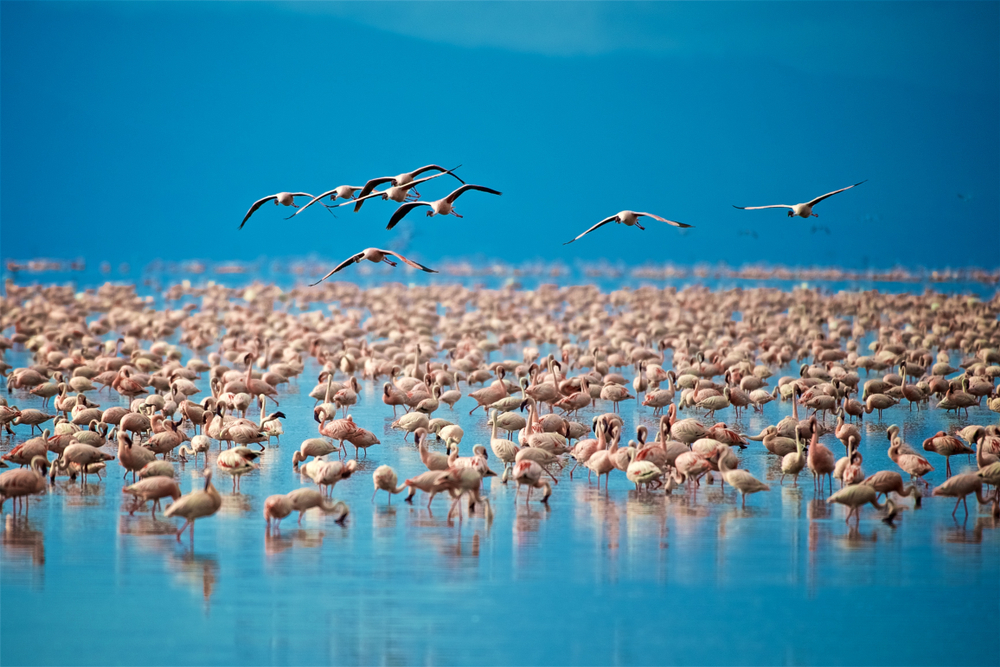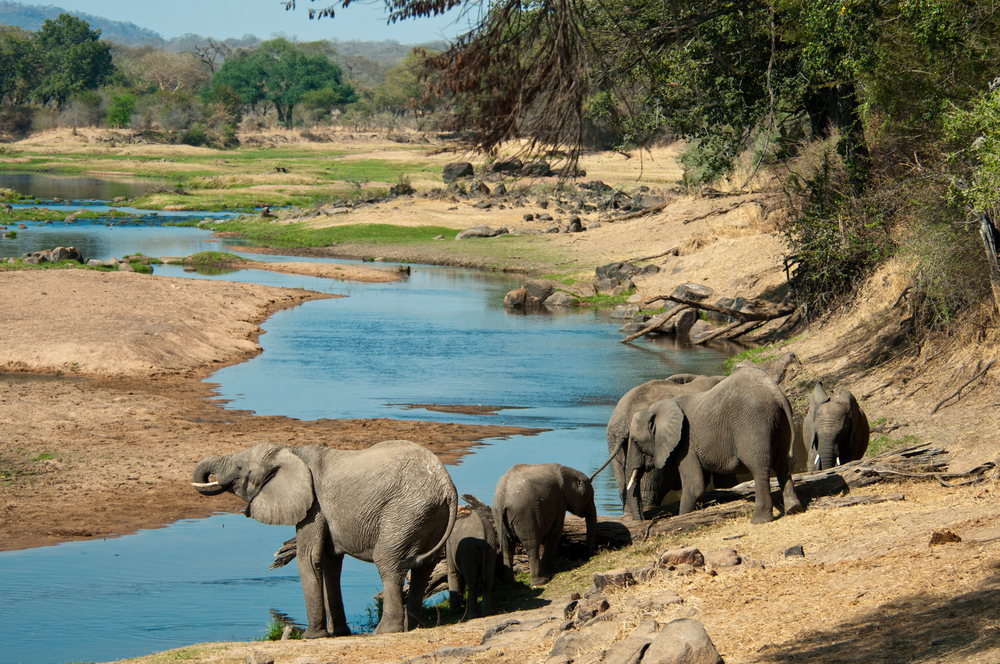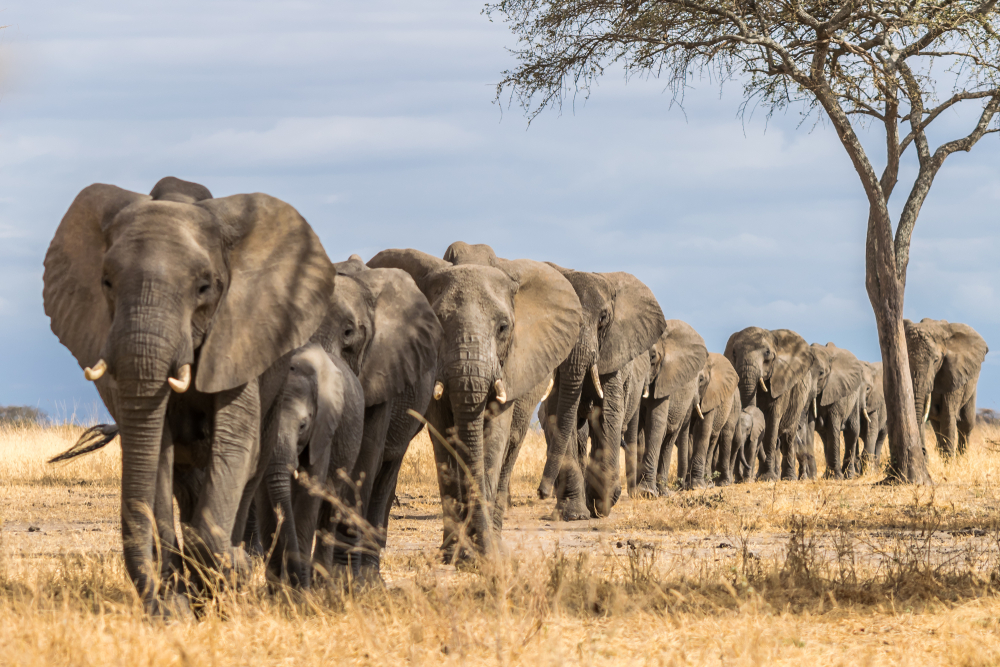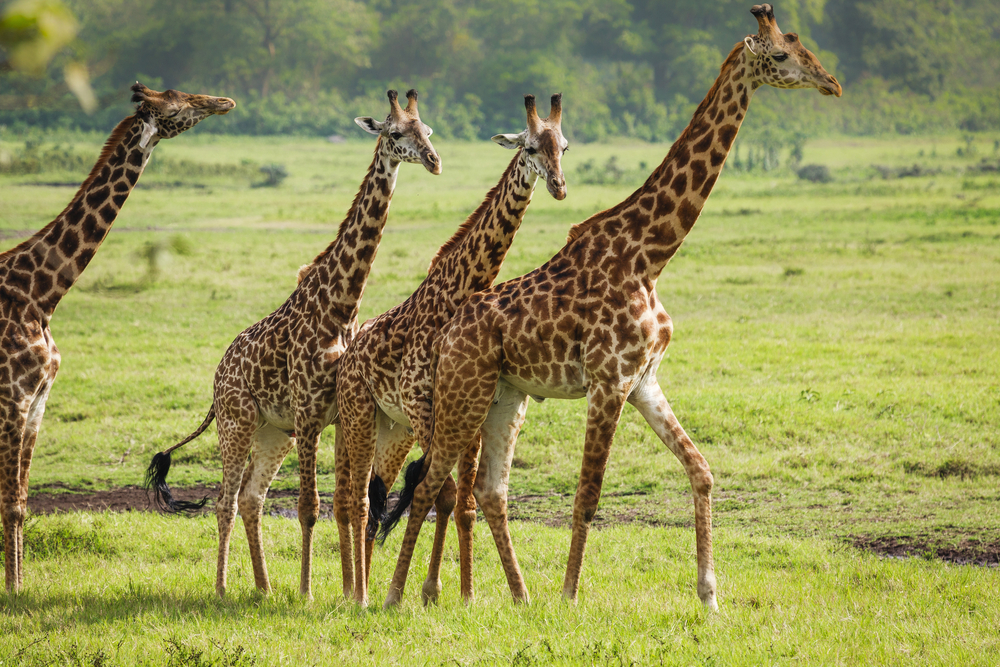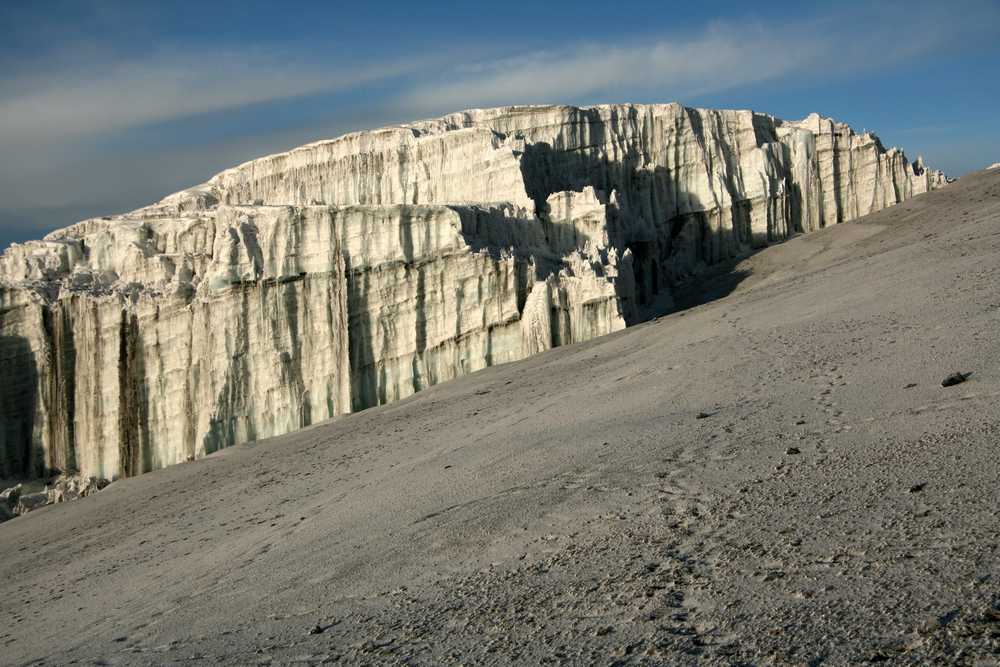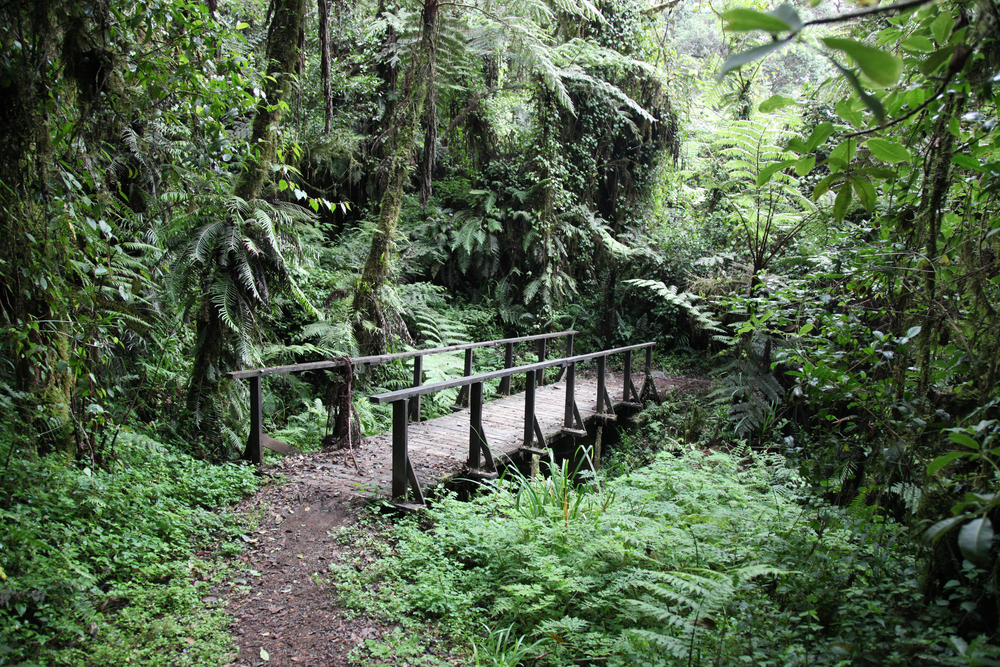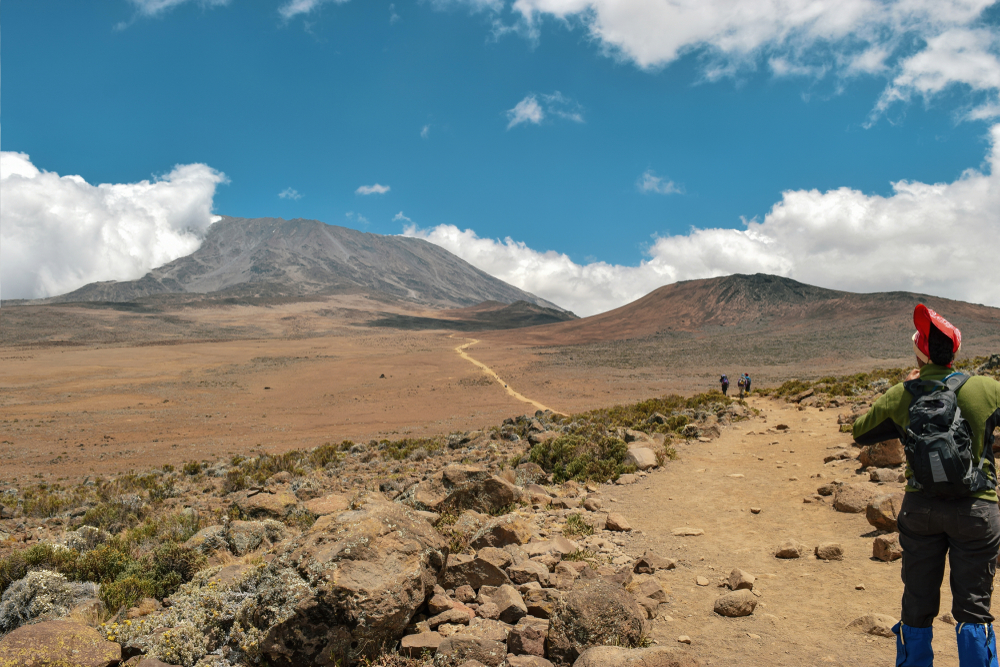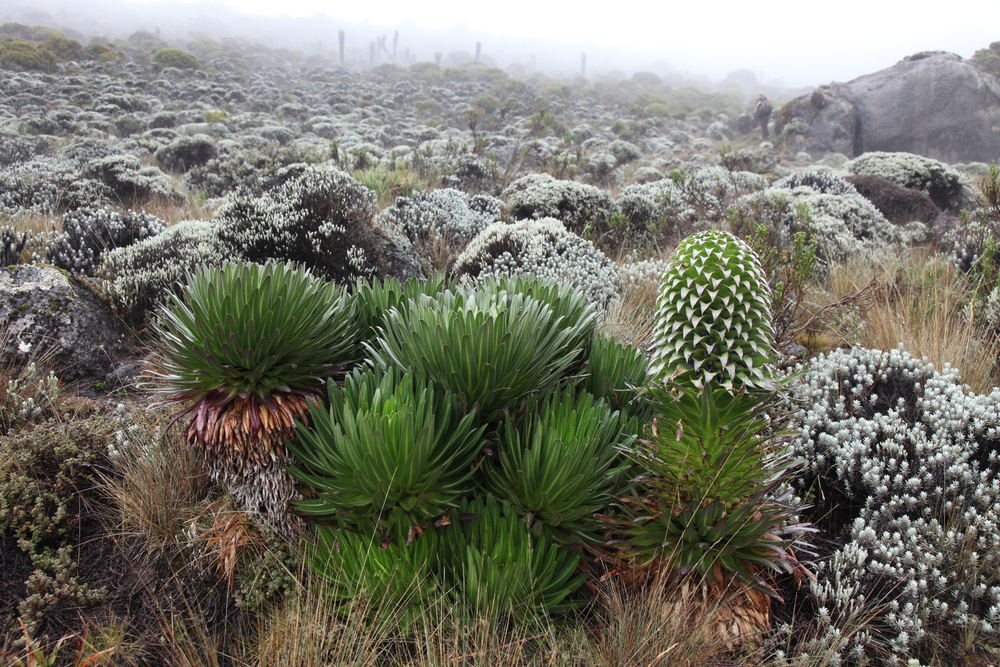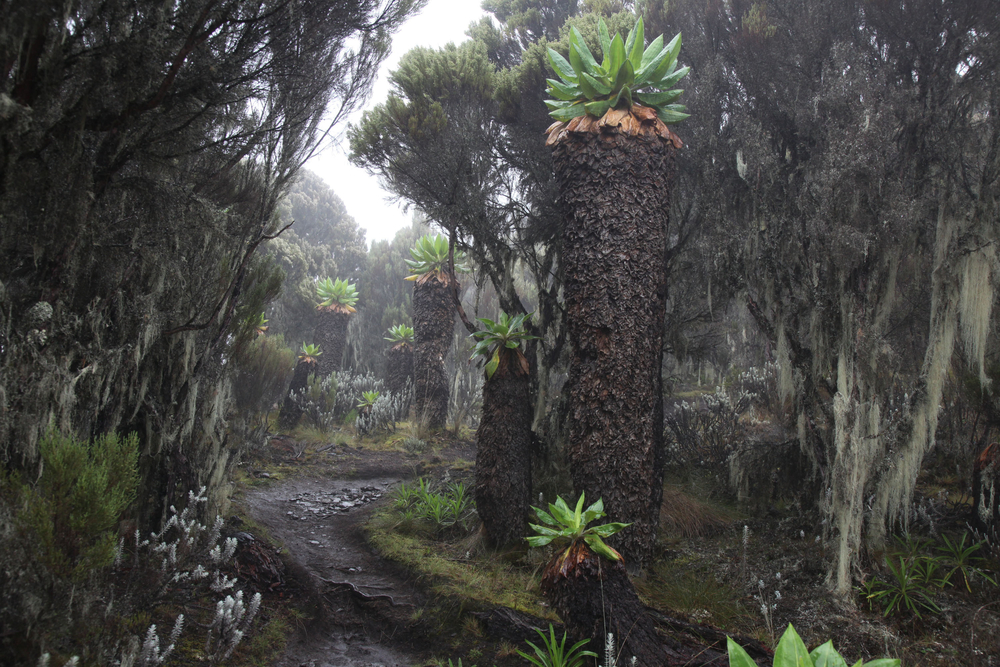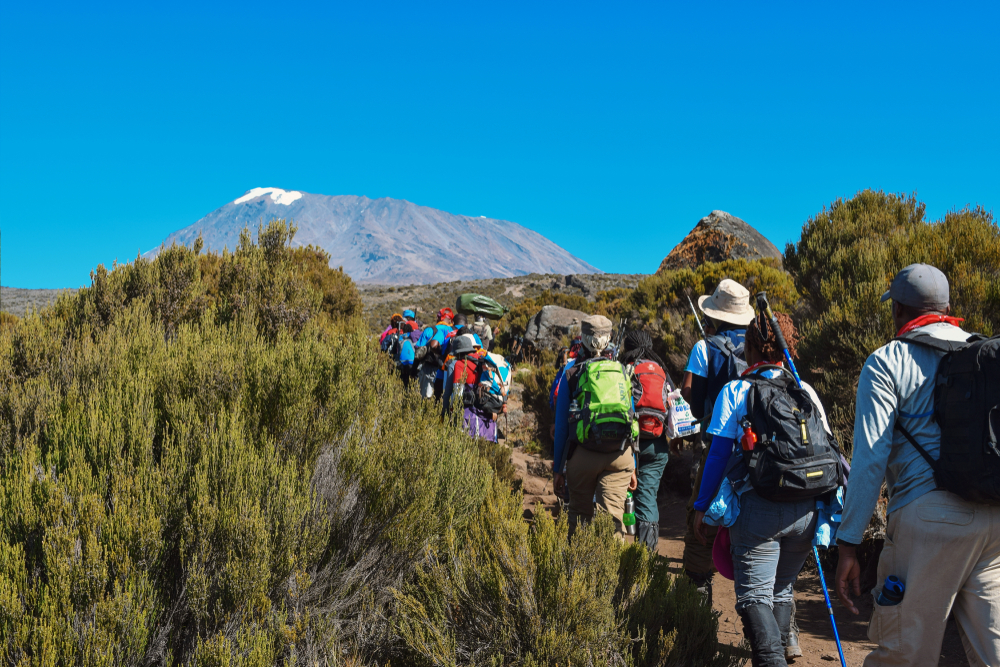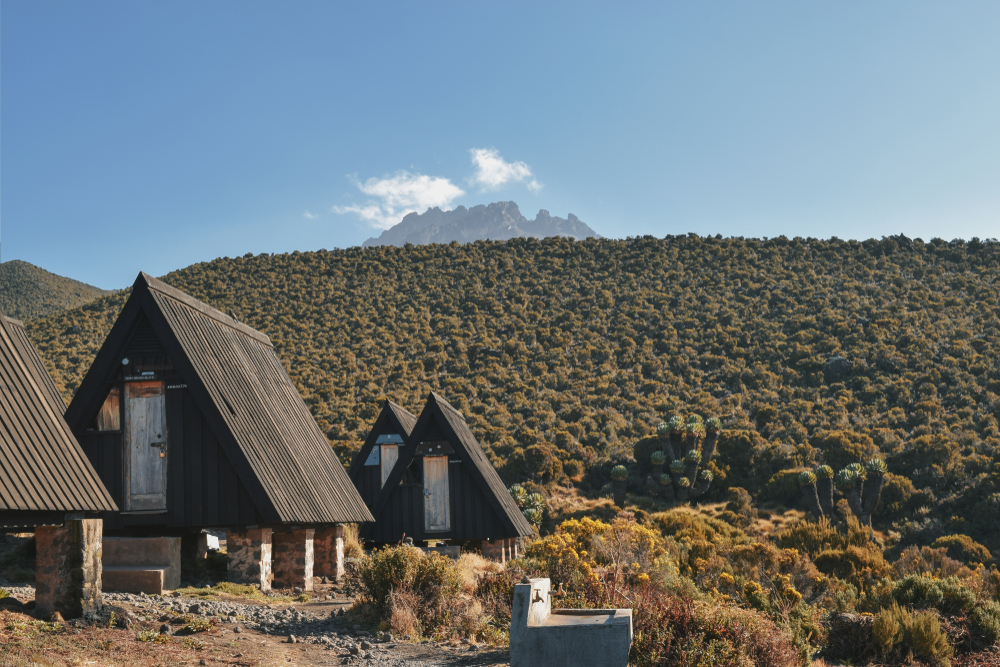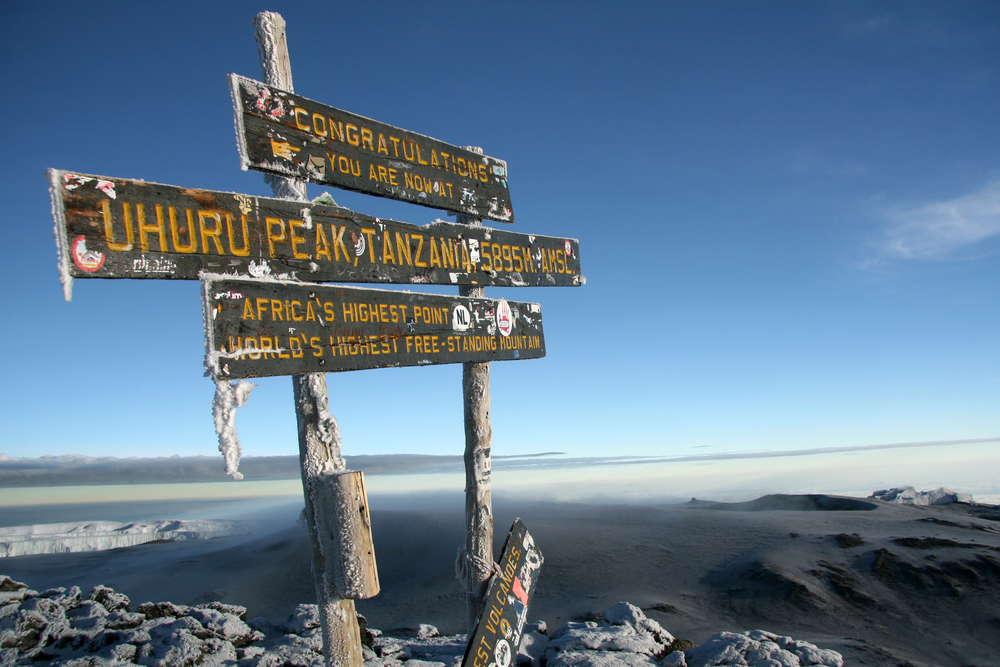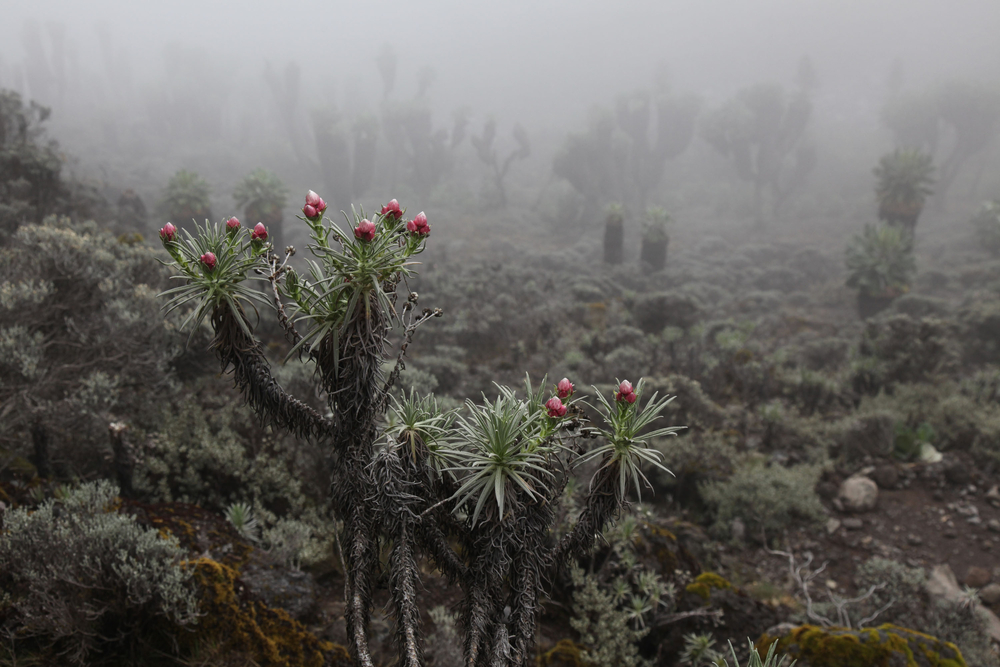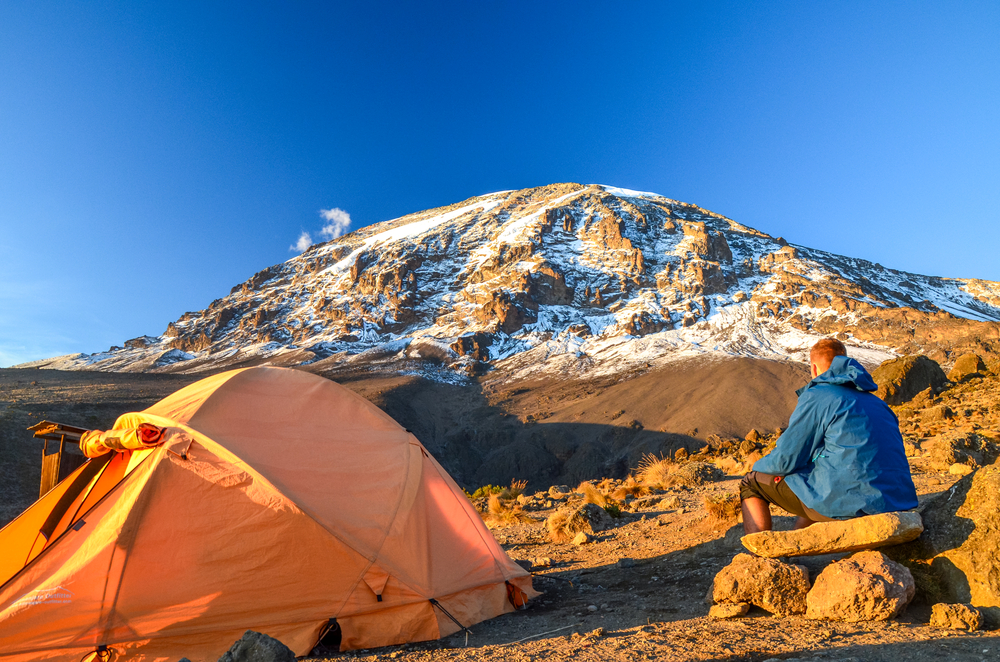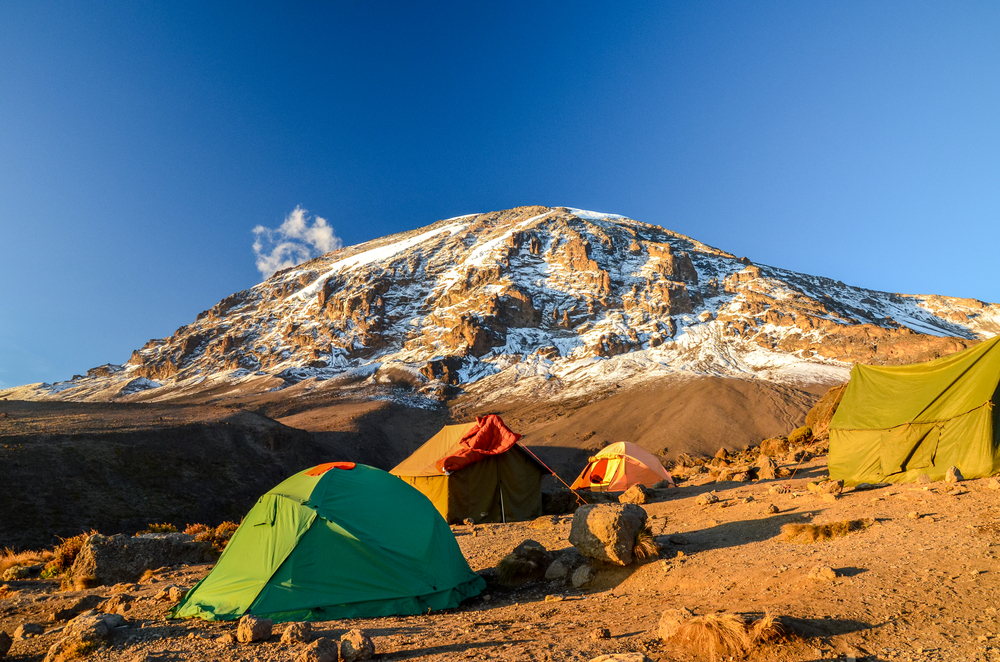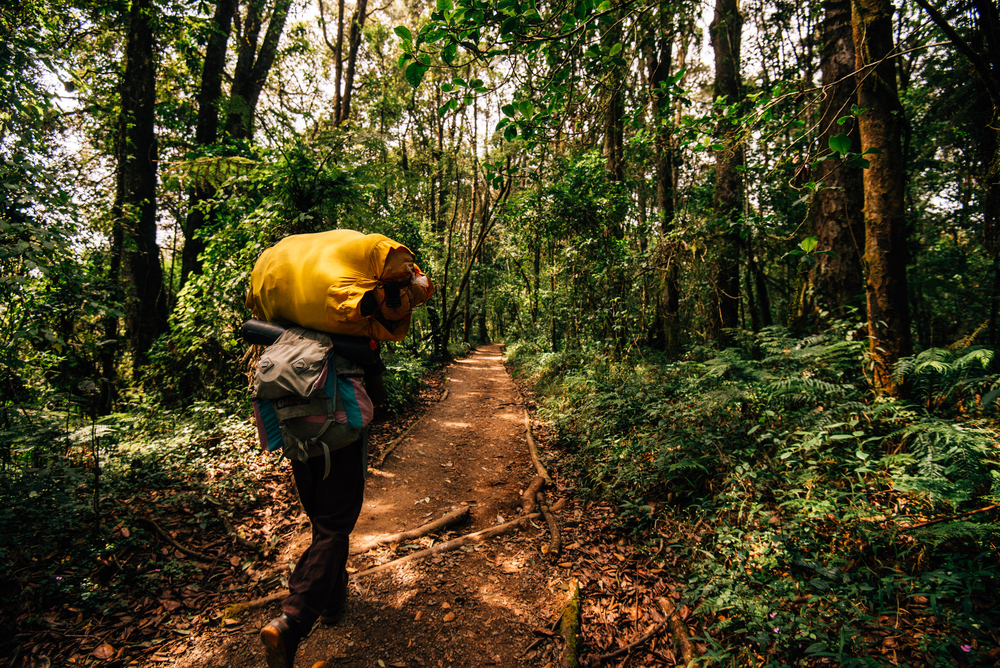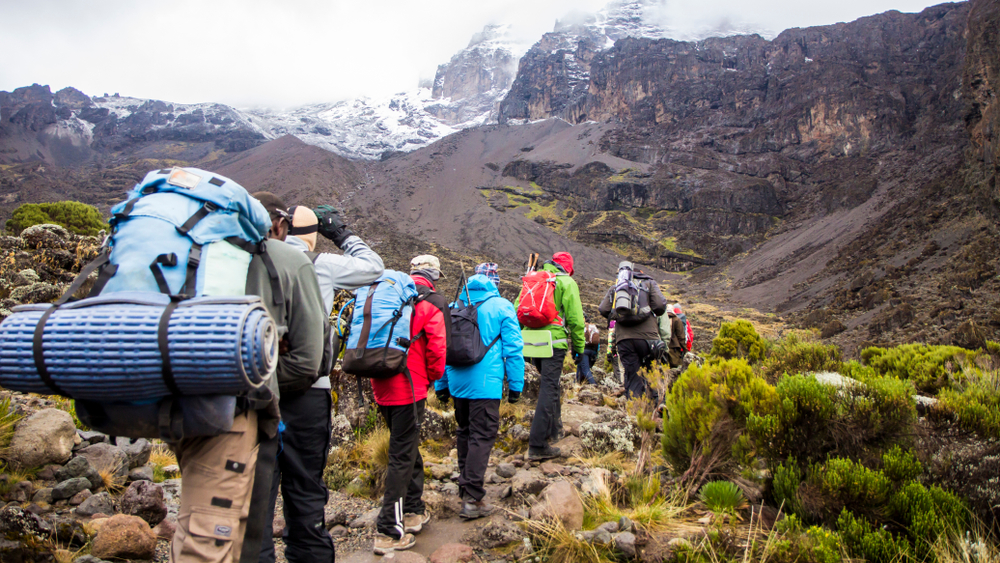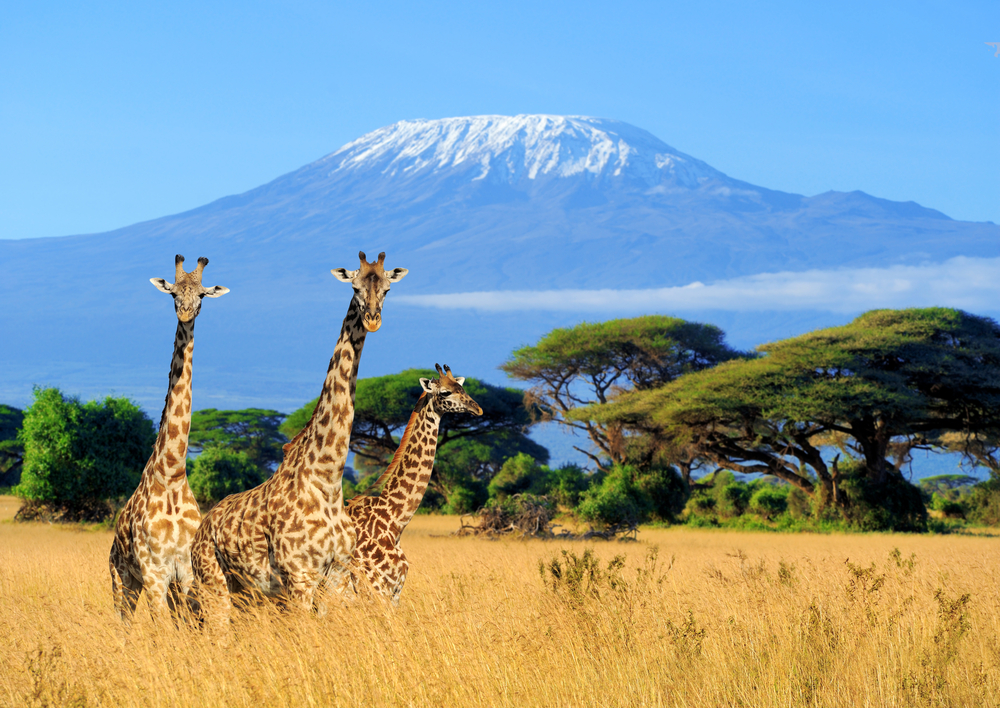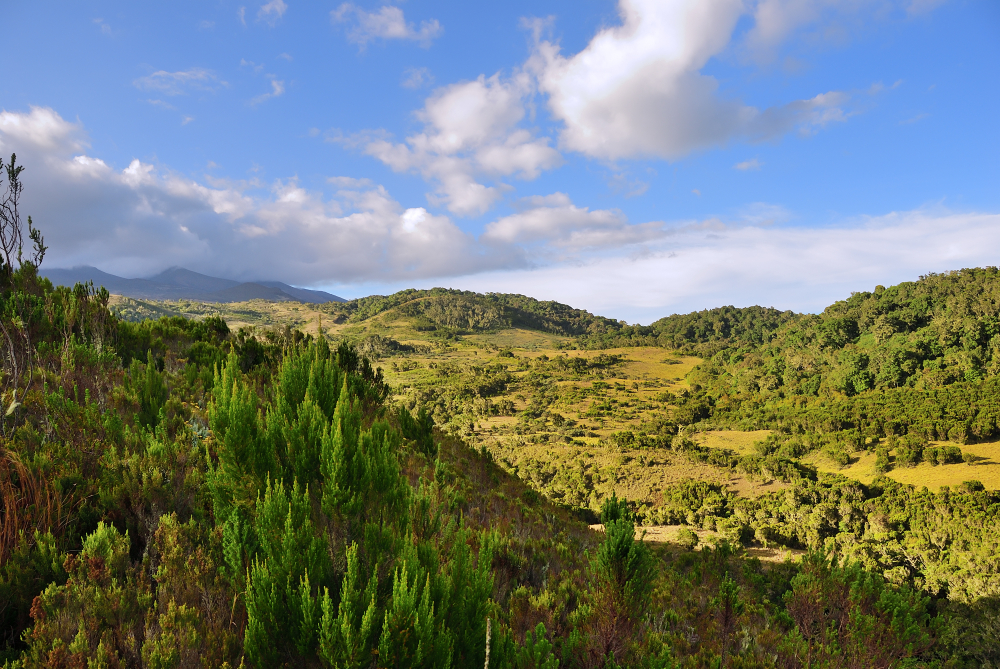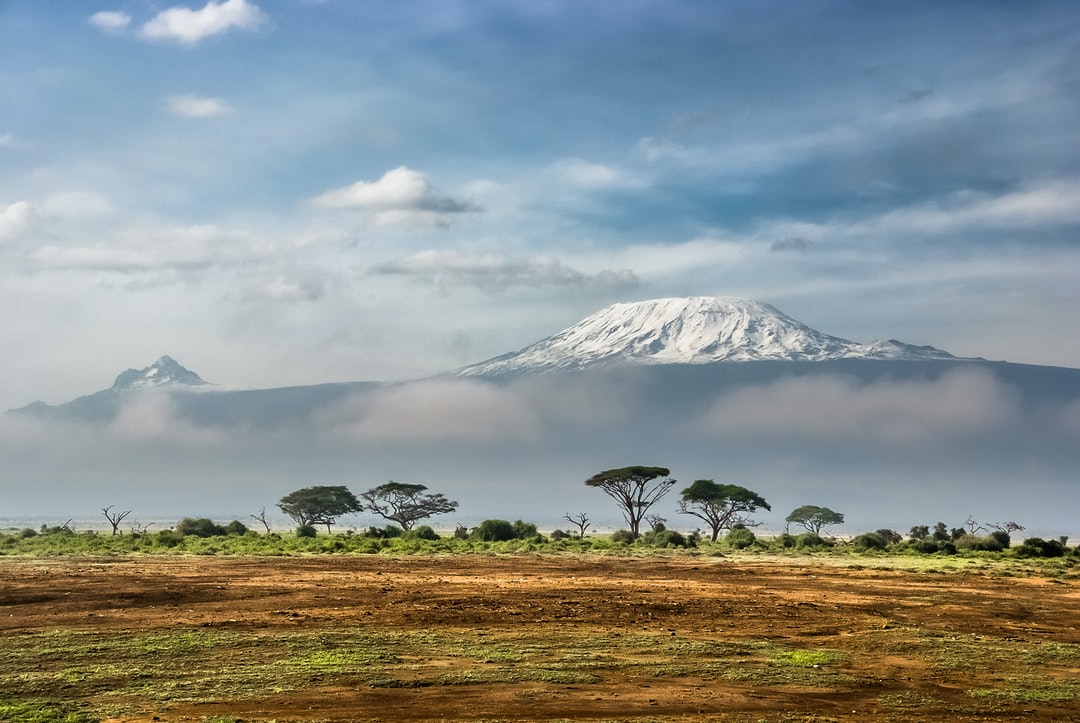Popular
Kilimanjaro National Park is home to a rich diversity of wildlife beyond its predators, offering visitors the chance to encounter some of Africa’s most iconic animals in their natural habitat.
African Elephant: Towering over the landscape, African elephants are gentle giants that roam the plains and forests of Kilimanjaro. They play a crucial role in shaping the environment and are a symbol of Africa’s wilderness.
Buffalo: Formidable and unpredictable, African buffalo are one of the Big Five game animals and are known for their strength and resilience. They form large herds and can be found grazing across the park.
Giraffe: With their long necks and distinctive coat patterns, giraffes are iconic inhabitants of Kilimanjaro National Park. They browse on acacia trees and use their height to spot predators.
Hippopotamus: Despite their seemingly docile appearance, hippos are one of Africa’s most dangerous animals. They spend their days submerged in water to keep cool and emerge at night to graze.
Zebra: Striped and social, zebras are a common sight in Kilimanjaro National Park, often seen grazing alongside other herbivores. Their stripes serve as camouflage and help deter biting insects.
Wildebeest: Known for their annual migration in the Serengeti, wildebeest also inhabit Kilimanjaro National Park year-round. They form large herds and are a vital food source for predators.
Antelope: Various antelope species, such as impalas, elands, and dik-diks, can be found in Kilimanjaro National Park. They are agile and wary, relying on speed and camouflage to evade predators.
Baboon: Highly social and intelligent, baboons are often seen foraging for food or grooming each other in the park. They live in large troops and have a complex social structure.
Hyrax: Small and inconspicuous, hyraxes are distant relatives of elephants and live in rocky outcrops throughout Kilimanjaro National Park. They are herbivores and are preyed upon by various predators.
Mongoose: Sleek and agile, mongooses are skilled hunters that prey on insects, small mammals, and reptiles in the park. They are known for their ability to take down venomous snakes.








































































